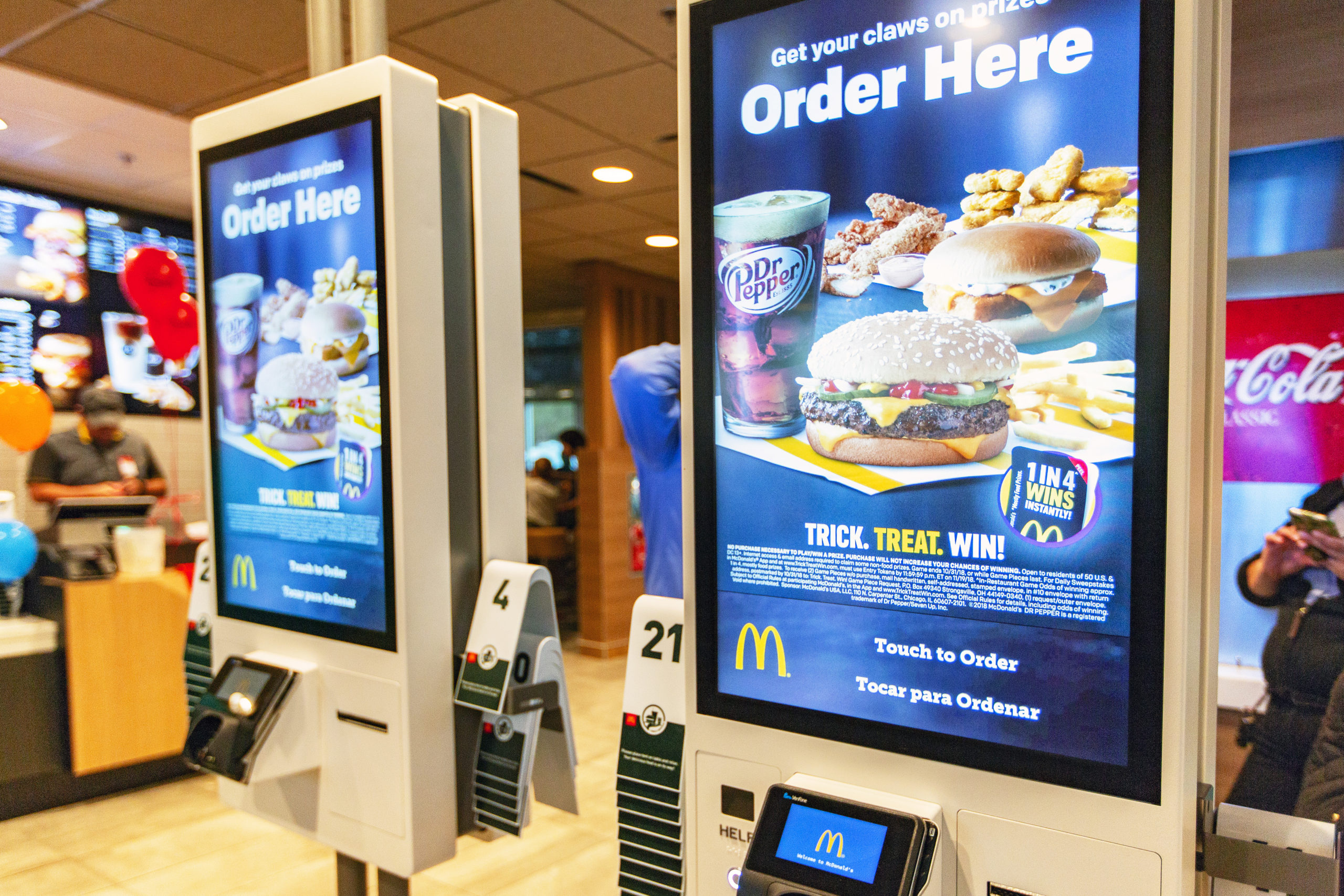Digital displays play an important role in the retail environment and they can significantly impact how consumers experience your brand.
Unfortunately, many retailers focus solely on the visuals and fail to consider what makes a digital display effective. From environmental factors to installation and integration considerations, everything needs to be dialed in so you can meet your campaign parameters and objectives.
Key Considerations When Selecting Digital Display Technology for Retail
First and foremost, you need to define the application, marketing objectives and audience engagement goals. You should also address the many scenarios in which the content is received by the target audience, including the location, setting and environment. For example, if the viewers are in transit, then you need a display that can capture a moving audience. Taking these factors into account will inform how you navigate four key considerations.
Technical Specifications
There are a number of display technologies available to meet different criteria. LED is typically a better option for outdoor settings because of its brightness and visibility at a distance. LCD is more budget friendly and ideal for smaller screens and indoor use. Meanwhile, projection technologies can display visual content on surfaces of irregular size and form.
Consider how the screen is used and how it’s integrated into the merchandise display. If the viewers aren’t standing directly in front of the screen, you’ll need a technology that allows the content to be seen from multiple viewing angles. If you’re using interactive content, you may need a touchscreen, which can change some parameters of the solution.
You also need to address the duty cycle, i.e., how long the screen needs to be turned on each day. Many technologies aren’t designed to be switched on continuously for more than 12–16 hours so they aren’t suitable for a 24/7 retail environment. LED can be switched on constantly for a long period while LCD tends to fail more quickly. In addition, you should factor in maintenance and warranty concerns. If you work with a vendor, be clear on who is responsible for repair and replacement.
Budget Constraints
You should expect to pay more for a higher-quality display. It’s generally straightforward to establish a budget early in the process because most digital display solutions use off-the-shelf, standard items in their assembly. However, it’s more difficult to budget for installation since the cost can vary depending on a myriad of factors.
For example, mounting an LCD display onto a wall can be relatively easy, but installing an LED display may require more planning and effort and need specialized mounting and alignment solutions designed for larger and more complex installation. The cost and complexity of the installation are affected by the weight of the overall screen composition, the mounting technology, and other factors.
Environmental and Installation Considerations
The location and the environment can have a substantial influence on what technology is used and how the display is set up.
-
- Indoor vs. outdoor: When implementing an outdoor display, you should consider how sunlight affects the viewing experience and how the elements can impact longevity and maintenance over the long term.
- Size: In the past, you’d have to build a video wall with multiple LCD panels for a large display. This solution is high in cost and can yield a lower-resolution outcome. Today, more retailers are using LED technology for such an application.
- Brightness: This is an important factor if the display is viewed in daylight. While some LCD displays have a coating to help reduce reflection, it can’t offset the impact of direct sunlight. In fact, the reflection is made worse if the display is placed behind glass. LED is often the best solution for such situations because of its brightness. It’s also a better option for outdoor use, which often necessitates visibility from a distance, thanks not only to its brightness but also its high resolution.
- Location: The level at which the screen is installed can affect the solution you choose. For example, if it’s placed at eye level, you may need an impact-resistant screen. Most screens aren’t impact-resistant and shouldn’t be touched, because LED can be damaged easily and LCD panels quickly look dirty when handled. Meaning you may need to have someone wipe off fingerprints on these screens frequently.
Integration Specifications
Traditionally, a display is connected to a computer or media player. Today, it can be connected directly to the cloud so retailers can deploy content without plugging it into any PC or hardware. Such a fully integrated display minimizes the time you need to spend on building out the display’s architecture and often allows for more flexibility in its design and installation.
Make the Right Choice for Your Digital Display
Making the wrong decisions can lead to costly repercussions. It’s important to consider all factors when choosing a digital display technology.
For example, if you fail to consider visibility (e.g., brightness, viewing angle and height) you could end up with a screen that no one can see. If you choose a technology that’s not designed for the required duty cycle (e.g., putting a screen for home use in a commercial panel,) the display could fail quickly.
Some retailers also overlook connectivity and maintenance, resulting in many screens being switched off because they can’t easily be updated with the right content. For instance, it’s hard to distribute content on a USB stick and make sure that the in-store staff can install it into the display correctly.
To prevent these mistakes and make sure our clients are using digital display technologies that meet their needs, the IMS team guides them through the process to ensure that the final selection will give their campaigns the greatest opportunity for success. Let us help you make your digital display decisions today.

Article Author: NICK FEARNLEY
Nick Fearnley is SVP of Technology at IMS. Nick works with IMS’ F500 clients to design in-store digital experiences for both brands and retailers, merchandising measurement, and execution technology. Previously, Nick was founder and managing director of a global SaaS digital signage company based in the UK. Nick is also a founding member of the Path to Purchase Institute’s SM2 Commission to Standardize the Measurement of Shopper Marketing.

